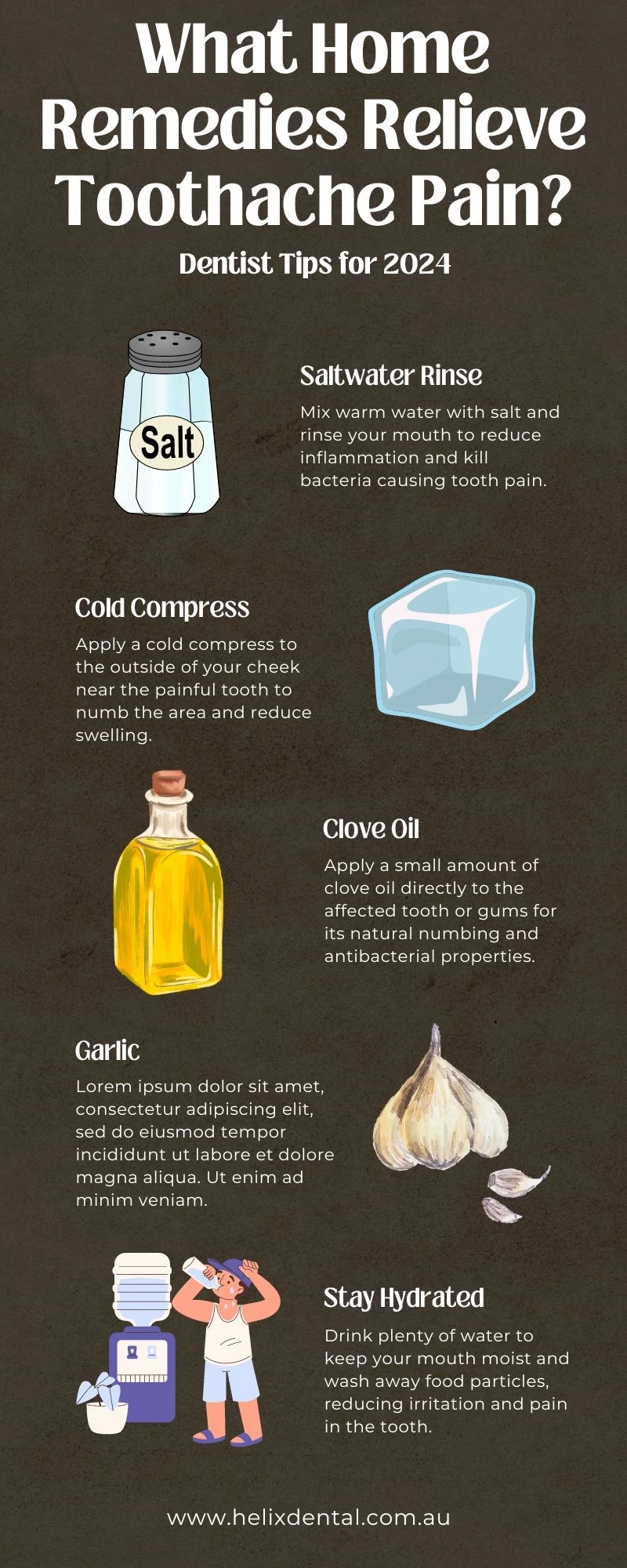Considerations for Choosing Heat or Cold:
When dealing with toothache pain, applying heat or cold can be a common approach to alleviate discomfort. However, understanding when to use heat or cold for toothache pain is crucial to effectively manage symptoms and promote dental health. In this guide, we will explore the benefits and considerations of applying heat or cold for toothache pain relief.
By learning the appropriate techniques, you can make informed decisions about managing toothache pain at home and seek professional dental care when necessary. Let's delve into the details of this important dental care topic.
Applying Heat or Cold for Toothache Pain: Understanding the Difference
Using Heat for Toothache Pain:
Heat can help relax muscles and increase blood flow to the affected area, which may reduce pain associated with toothaches caused by muscle tension or jaw-related issues.To apply heat, use a warm washcloth, heating pad (on low setting), or warm water bottle wrapped in a cloth. Place it against the cheek near the painful tooth for about 15-20 minutes at a time.Using Cold for Toothache Pain:
Cold treatments can numb the nerves in the affected tooth area, providing temporary relief from sharp or throbbing toothache pain. Cold can also reduce inflammation and swelling.Apply a cold compress, ice pack wrapped in a cloth, or ice cube (wrapped in a cloth) to the outside of the cheek near the painful tooth. Use for about 10-15 minutes at a time, taking breaks as needed.Considerations for Choosing Heat or Cold:
The choice between heat or cold for toothache pain relief depends on the underlying cause of the pain. If the pain is due to inflammation or swelling, cold may be more effective. If it's related to muscle tension or jaw discomfort, heat may provide better relief.Some individuals may find alternating between heat and cold treatments helpful, but always consult with your dentist or healthcare provider for personalized advice based on your specific dental condition.When to Seek Professional Dental Care:
While heat or cold treatments can offer temporary relief, they do not address the underlying dental issue causing the toothache. If you experience persistent or severe toothache pain, or if you notice other symptoms such as swelling, fever, or discharge from the tooth, seek prompt dental evaluation and treatment.Your dentist can diagnose the root cause of the toothache and recommend appropriate treatments such as fillings, root canal therapy, or other interventions as needed for lasting pain relief and dental health.Tips for Using Heat or Cold Safely and Effectively
Moderation is Key:
Avoid applying heat or cold directly to the skin or tooth for prolonged periods as it can lead to tissue damage or worsen sensitivity. Use these treatments in moderation and take breaks between applications.Use Protective Barriers:
Always wrap heat or cold sources in a cloth or towel before applying them to the skin or cheek. This helps prevent direct contact and minimizes the risk of burns or frostbite.Check Sensitivity Levels:
If you have tooth sensitivity issues, test the temperature of heat or cold treatments on a less sensitive area of your skin first to ensure it's comfortable before applying it near the toothache area.Follow Dentist Recommendations:
Consult with your dentist before using heat or cold treatments, especially if you have existing dental conditions such as dental sensitivity, gum disease, or recent dental procedures. Your dentist can provide personalized guidance based on your oral health needs.Combine with Oral Care:
While using heat or cold for pain relief, continue practicing good oral hygiene habits such as gentle brushing, flossing, and using a mild mouthwash recommended by your dentist to maintain oral health.Monitor Pain Levels:
Pay attention to how your toothache pain responds to heat or cold treatments. If you experience worsening pain or other concerning symptoms, stop the treatment and contact your dentist for further evaluation.Seek Professional Evaluation:
Remember that heat or cold treatments are temporary measures for managing toothache pain. If the pain persists or if you suspect an underlying dental issue, schedule an appointment with your dentist for a comprehensive evaluation and appropriate treatment.By following these tips, you can use heat or cold treatments safely and effectively to alleviate toothache pain while awaiting professional dental care. However, remember that these methods are not substitutes for professional dental treatment and should be used as temporary relief measures only.
In conclusion, understanding when to apply heat or cold for toothache pain can provide valuable relief while awaiting professional dental care. Heat and cold treatments can help alleviate discomfort associated with toothaches caused by different factors, but they are temporary measures and do not address the underlying dental issue.
It's essential to use heat or cold treatments safely, in moderation, and in consultation with your dentist, especially if you have pre-existing dental conditions or sensitivity concerns. Combine these treatments with good oral hygiene practices and monitor your pain levels for any changes or worsening symptoms.
Remember, seeking prompt professional dental evaluation and treatment is crucial for addressing the root cause of toothache pain and maintaining optimal oral health. Your dentist can provide personalized guidance and recommend appropriate treatments based on your specific dental needs.
In my personal experience, Helix Dental has been instrumental in addressing dental issues effectively over the past two years for my neighbor. However, it's important to note that this is just a reference, and you should choose a dental provider based on your preferences and needs.
Stay proactive about your dental health, and don't hesitate to reach out to your dentist for any concerns or persistent toothache symptoms. Your dental care team is dedicated to helping you achieve a healthy, pain-free smile.


